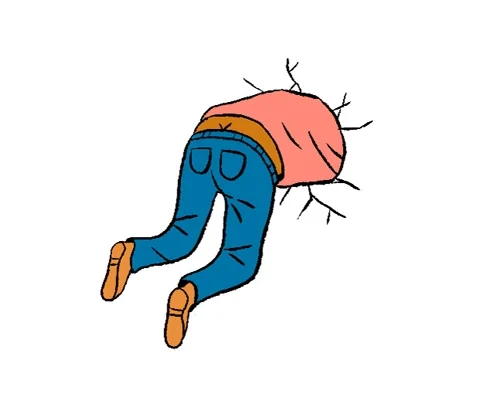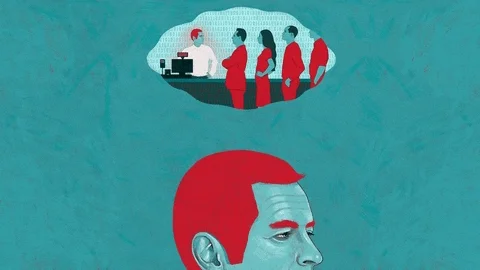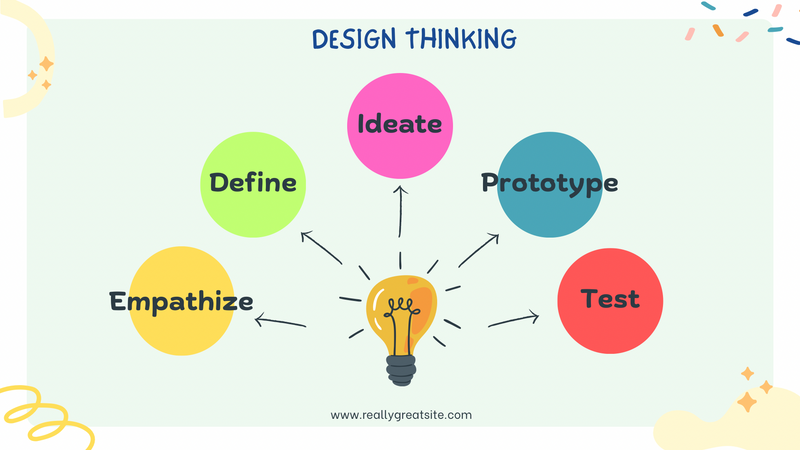Have you ever felt stuck trying to solve a tricky problem or develop something new?
It’s frustrating, right? But what if you had a tool that could turn frustration into inspiration?

That’s where design thinking comes in, a problem-solving approach that’s creative, practical, and focused on real human needs. It encourages empathy, teamwork, and innovation, helping you find better solutions, reduce risks, and align ideas with real-world goals.
What is Design Thinking?

Design thinking is a problem-solving method that focuses on creating solutions by understanding people's needs.
Design thinking puts people at the center — because let’s face it, if no one uses your brilliant idea, what’s the point?
Focusing on real needs and challenges ensures that your solutions aren't just creative but also practical and relevant. It’s the difference between “a nice idea” and “Wow, this really works!”

For example, if a company notices that employees are overwhelmed by too many meetings, the design thinking approach would encourage them to explore ways to improve communication and workflow efficiency rather than just reducing the number of meetings.
The Model of Design Thinking
Design thinking is a flexible process that doesn’t follow a set order.
 Image created by author via Canva
Image created by author via Canva
Even though the steps are listed in sequence, they can be revisited and refined as needed. As you go through each step, you might find new ideas that make you go back and adjust to earlier stages. It helps us understand the user, question ideas, and find better solutions.
Check out this video to see design thinking in action:
Quiz
Sarah and her friends explore their options of a new seat by looking at other seat designs. Which step of the design thinking process does this refer to?
Design Thinking: The Secret Sauce to Smart Solutions
In today’s job market, employers look for people who can solve problems creatively and understand customers.

Making it Practical
A company launches a new mobile app, but user feedback shows that many customers find it difficult to navigate. As a team member using design thinking, what should you do first?
A. Redesign the entire app immediately based on your own ideas.
B. Conduct user interviews to understand the specific challenges customers are facing.
C. Add a detailed instruction manual to help users navigate the app.
D. Assume users need more time to get used to the app and wait for more feedback.
Quiz
What should you do first? Choose the correct answer.
Applying Design Thinking to Problem-Solving: The Benefits
Applying design thinking to problem-solving offers many benefits, as it fosters creativity and innovation in any field.

Greater empathy: helps create solutions by understanding what customers really need, building trust and loyalty.

Better communication: encourages teamwork and sharing ideas to achieve better results together.

Identifying the real problem: focus on finding the root cause of the issue, not just the surface problems.

Lower risk: testing ideas first helps find problems early, saving time and resources.

More creativity: encourages new ideas, helping businesses grow and stay ahead.
Take Action
 Photo by Mika Baumeister on Unsplash
Photo by Mika Baumeister on UnsplashLooking to level up your career by improving your problem-solving skills?
Your feedback matters to us.
This Byte helped me better understand the topic.
